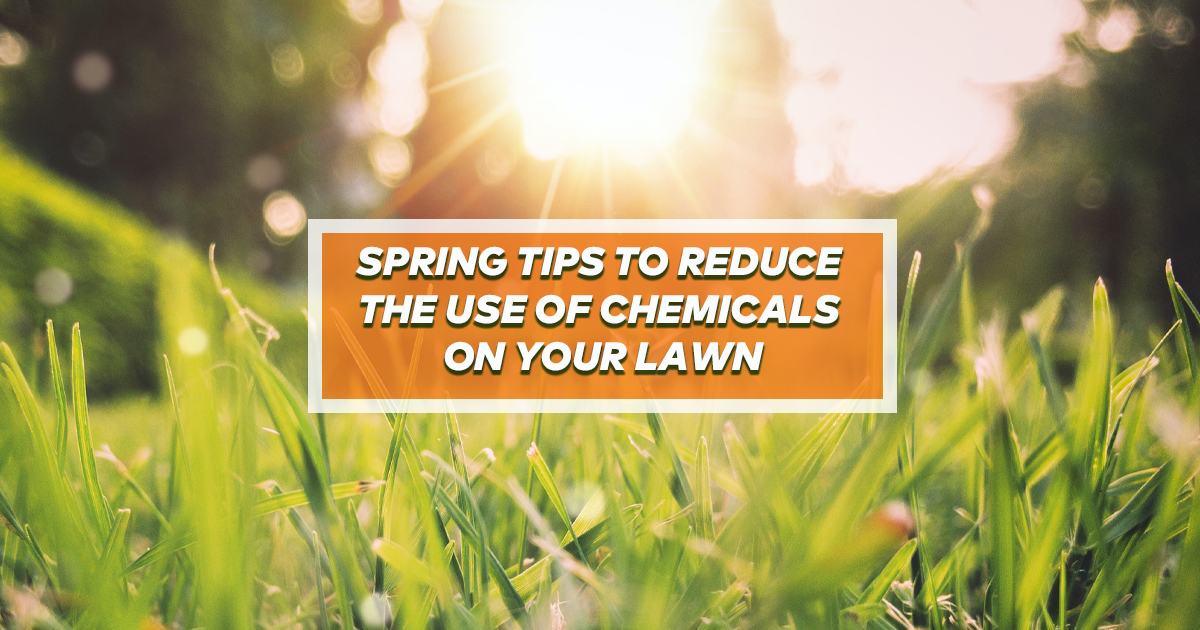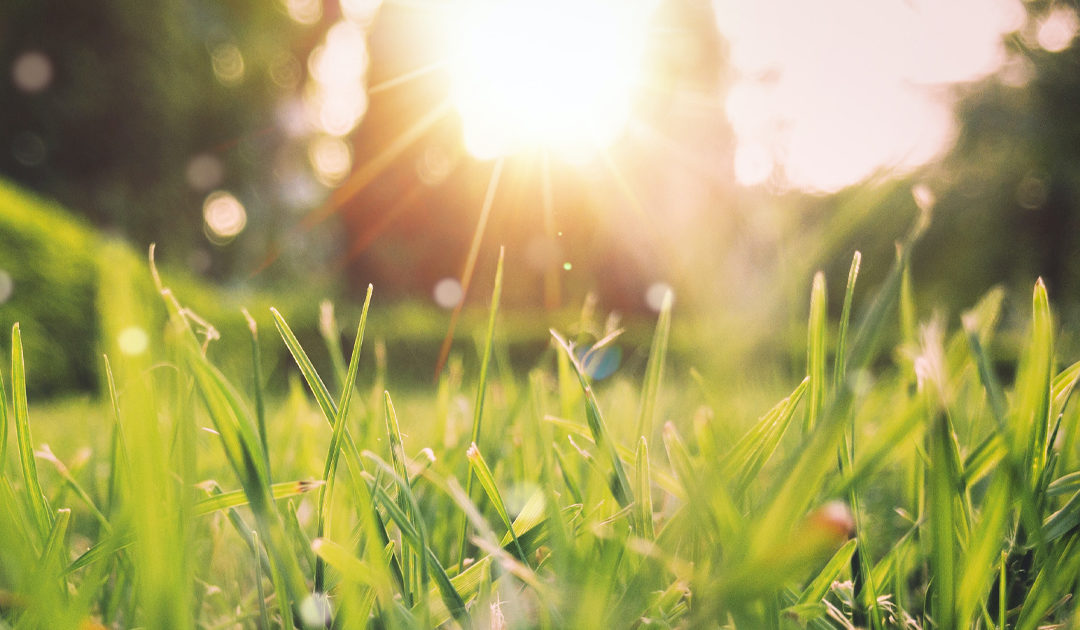If reducing chemicals on your lawn is a priority this Spring, follow these three tips to make a big impact!
1 Fill in thin, bare, and weak areas of your lawn.
Weak areas of your lawn are sections that you are aware of that historically have been an issue with weeds or turf density. Fill in these areas with quality grass seed and compost to accelerate germination. Grassy weeds like crabgrass will thrive in weak, thin, and bare areas of your lawn, and if you want to reduce chemical controls, you will need to fill them in with turfgrass! If you are still using select weed controls like pre-emergents on your lawn, these types of areas will still need to be addressed in order for the herbicide products to be successful. Pre-emergents break down faster and lose efficacy due to photodegradation (sun on thin, bare soils) and heavy watering, so if you want to get the most out of your pre-emergent applications a thick lawn is essential!
2 Soil Test Fertilization.
Testing your soil removes a lot of variables from your lawn care program which will save you money, and grow a healthier lawn faster! Spring is a great time for soil amendments, but unless you test your soil, you will not know which ones to use, and how much to apply. A fertilization program based on your soil will optimize your lawn’s ability to naturally out-compete weeds and disease. It will also help handle drought stress this Summer which will also reduce chemical applications throughout the season!
3 Spring Cut.
Grasses in most of our service areas are just about ready for their first mow. For cool season grasses we recommend setting your mower on 3-3.5 inches for the first two cuts, and then increasing to 3.5-4 inches in May. Mowing correctly will stimulate plant growth and provide a canopy from the sun for the soil below, which will reduce broadleaf and grassy weeds’ ability to germinate!
By following these tips this Spring you are optimizing your lawn’s natural growing process!


